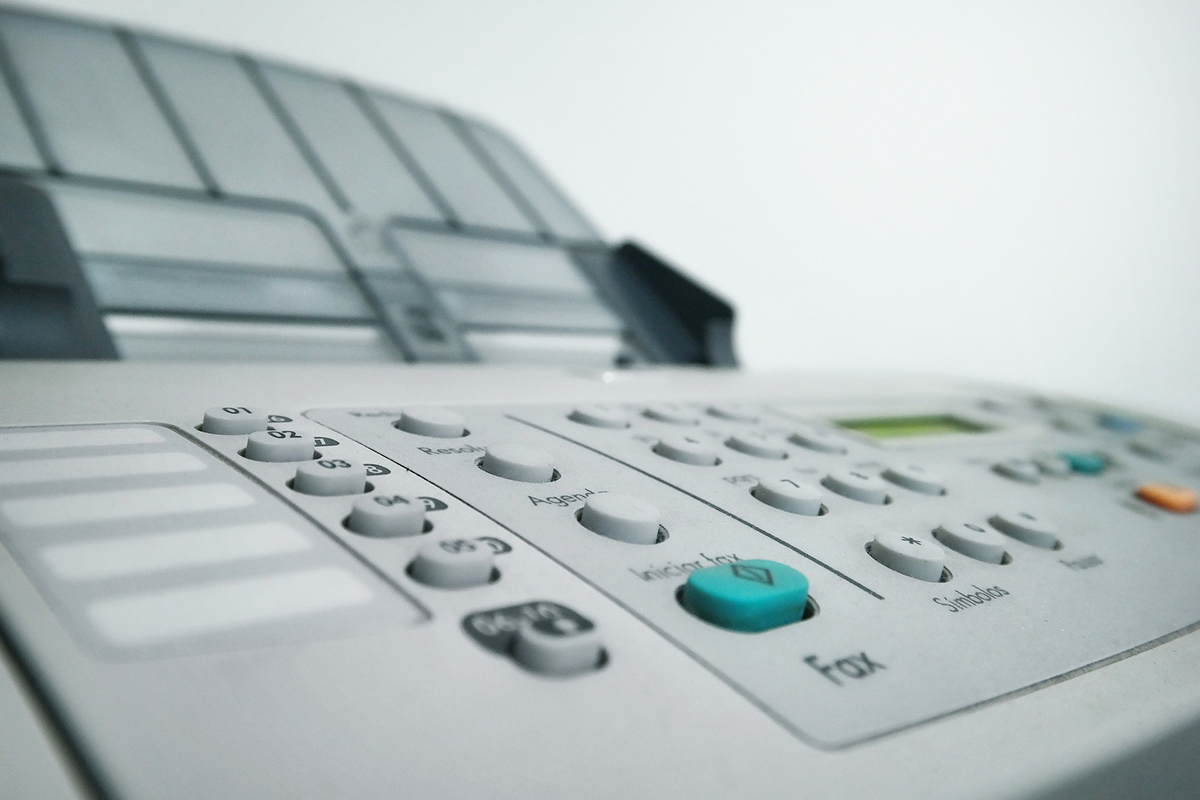These faxes are more than a frustration. They mean more time spent on administrative tasks that would be better spent with patients. They also affect the quality of care a patient receives. They can mean patient care can be delayed — for example, if a much-needed referral doesn’t go through. Or that tests are duplicated if faxed results or patient summaries never arrive at your office. And the request for a prescription renewal that comes in through a fax — it may be hours or more before you can address it.
One notable fax failure occurred during the pandemic when a fax backlog in New Brunswick in November 2020 resulted in people spending days in isolation while waiting for their COVID-19 test results. The machine responsible for the backlog could only send pages at a rate of 130 seconds per page, and could only send one page at a time, causing a hold up.
And it’s no wonder fax transmissions often fail, given how antiquated the technology is. While many of us think of the fax machine as ’70s or ’80s technology, it was actually first invented and patented by Scottish inventor Alexander Bain in 1843! Almost 180 years later, we in the medical profession are still heavily reliant on faxes. Though we use electronic medical records, how often do we print out pages of results and other important patient information to fax them to another care provider in a patient’s circle of care?
Today, the “fax machine” may actually be an app on your desktop, or embedded in your EMR, but make no mistake, in the important ways, fax technology hasn't changed. Though the fax is sent through your computer using fax over IP (or FOIP), what is actually sent is an image, not data. This is particularly problematic when it comes to prescriptions.
As with faxes of old, pharmacies receive an image of a prescription through auto fax technology. And that image must be transcribed into their pharmacy management system. This, of course, can introduce human error and privacy concerns. with potentially serious consequences for patients.
In one important aspect of care, Canada is well on its way to “axing the fax” from the process, and that is prescribing. e-Prescribing through PrescribeIT, Canada’s nation e-prescribing service, which is funded by the federal government and operated by Canada Health Infoway, is already in use in seven provinces. Infoway has agreements with all the other provinces and territories and is working with local stakeholders to continue its rollout.
Unlike faxes, prescriptions transmitted through e-prescribing are sent as data. PrescribeIT integrates into existing EMRs and pharmacy management systems (PMS), enabling prescriptions to be sent directly from an EMR to a PMS as data. No need to transcribe information.
And if a pharmacist has a question? These too can be sent from their PMS directly into your EMR — no more fax or phone tag. Finally, renewal requests can also be sent directly from a pharmacy management system to your EMR, where they are associated with the original script.
If you are ready to axe the fax from your prescribing process, you can learn more about PrescribeIT here. And if you have any questions, I’m happy to answer them.
Have a comment about this post? We’d love to hear from you.




